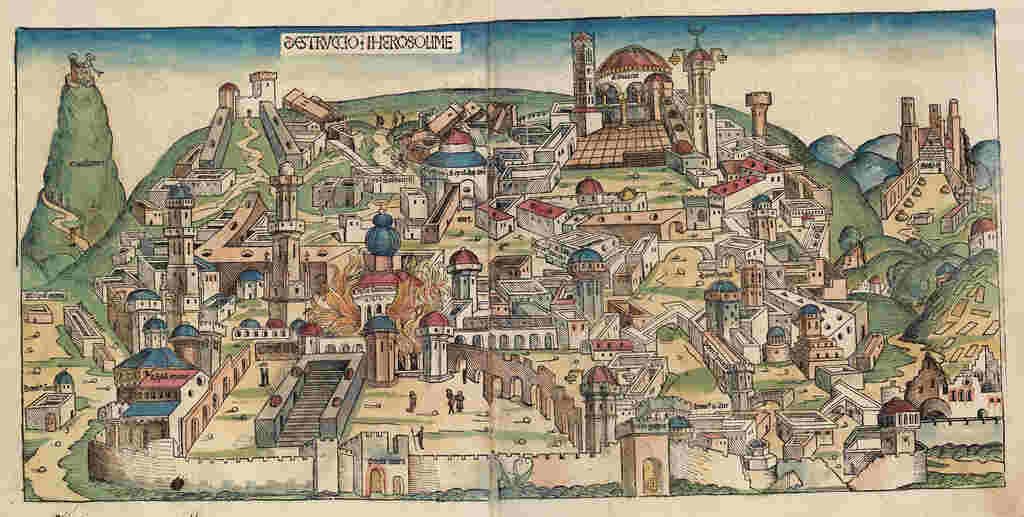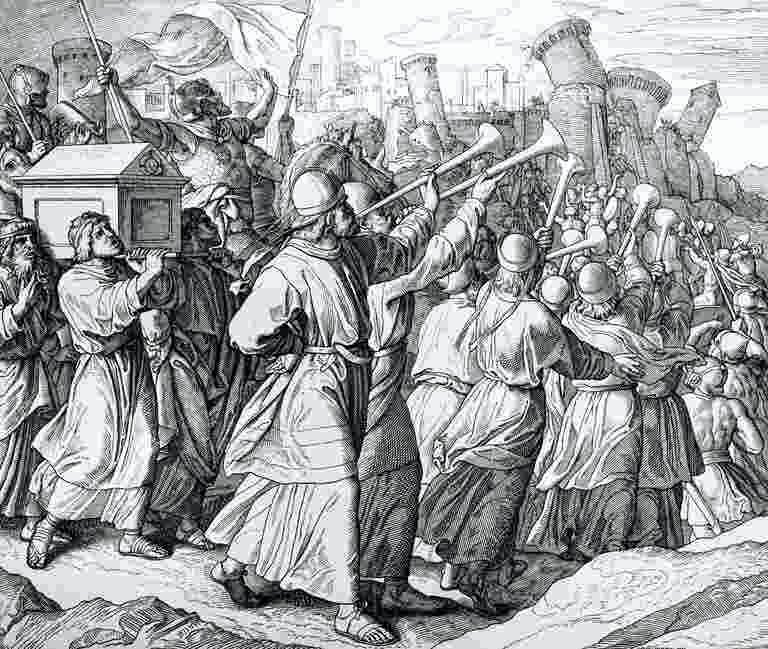Judaism
Judaism is one of the world’s oldest and most influential religions, with a rich history and deep cultural significance. Central to Jewish worship and identity are a range of symbols and cult objects that hold special meaning and importance for believers. In this article, we’ll explore some of the key symbols and cult objects of Judaism and their significance in the Jewish faith.
Judaism is one of the world’s oldest and most influential religions, with a rich history and deep cultural significance. Judaism is variably defined as “an essential form of religious life whose characteristic is belief to a Supreme Being, author – in whatever way one conceives his action – of the universe which he governs by his providence “, or as” the religion of the Jews, as well as theology, the law and the cultural traditions of the Jewish people”, or as“ a religion, a culture – result or foundation of religion, but having a future of its own, a diffuse sensitivity made up of a few ideas and memories, a few customs and emotions, solidarity with the persecuted Jews as Jews ” or as“ the set of rituals and other practices, beliefs and values, historical and political loyalties which constitute allegiance to the people of Israel ”.
This plurality is dependent on the one hand on the evolution of the term over the course of history, the latter originally designating all the features characterizing the Jewish people, made up of the descendants of the Israelites from the ancient land of Israel, and of those who joined them by the conversionnote, and on the other hand of the difference of perception according to the belonging or not to Judaism.
Jewish Religion
It has often been represented as a “Jewish religion” antithetical to the Christian religion, while Jews also define it beyond or outside the religious fact, certain philosophers, such as Daniel Boyarin or Bernard-Henri Lévy, going as far as say that religion as a theology built by a belief, dogmas and a supreme, central and doctrinal authority “does not belong to the spirit of Judaism”.
Symbols of Judaism
- Star of David: The Star of David, also known as the Shield of David, is a six-pointed star that is the most widely recognized symbol of Jewish identity. It is said to represent the connection between God and humanity and has been used in Jewish art and decoration for centuries.
- Menorah: The Menorah is a seven-branched candelabrum that is used in Jewish worship and is often associated with Hanukkah. It is said to represent the burning bush from which God spoke to Moses and symbolizes the light of God’s presence in the world.
- Hamsa: The Hamsa, also known as the Hand of Fatima or Hand of Miriam, is a symbol of protection and good fortune in Jewish and Islamic cultures. It is shaped like a hand with an eye in the center and is often used in Jewish art and jewelry.

Judaica (clockwise from top): Shabbat candlesticks, handwashing cup, Chumash and Tanakh, Torah pointer, shofar and etrog box. The original uploader was Gilabrand at English Wikipedia., CC BY 2.5, via Wikimedia Commons
Cult Objects of Judaism
The symbols and cult objects of Judaism offer a window into the rich religious heritage of the Jewish faith. They represent the deep respect for tradition and the desire to connect with God that lies at the heart of Jewish practice.
Here are some of the most important cult objects of Judaism:
- Ark: The ark is a sacred cabinet that houses the Torah scrolls in synagogues. It is typically located at the front of the sanctuary and is adorned with intricate carvings and decorations.
- Torah Scroll: The Torah scroll is the most sacred object in Judaism, containing the Five Books of Moses written on parchment. It is read from during services and handled with great reverence and care.
- Kippah: The kippah, also known as a yarmulke, is a small cap worn by Jewish men and boys during prayer and other religious occasions. It symbolizes humility and respect for God.
- Shofar: The shofar is a horn made from a ram’s horn that is blown during Jewish holidays and other special occasions. It symbolizes the call to repentance and the desire to connect with God.
By understanding these symbols and objects, we can gain a deeper appreciation for the spiritual values and beliefs of the Jewish community and the important role they play in shaping Jewish identity and tradition.
Hebrew Bible
Judaism nevertheless has its basic texts, compiled in the Tanakh (Torah, Nevi’im and Ketuvim), also called the Hebrew Bible. It is said that the world was created by a one and only, Eternal, Omnipotent, Omniscient, Omnipresent, Righteous and Merciful entity whose name, considered too holy to speak, has become ineffable. This being has contracted an alliance with the fathers of the people of Israel, promising to take this people as “treasure among all peoples” as long as the children of Israel respect his law, which includes a cultural component coupled with a dimension ethics, as well as civil, matrimonial and legislative aspects. Adherence to this law induces a way of behaving, of dressing, of eating, of moving that is specific to those who adhere to it.
In addition, his interpretation, which has probably never been unique or unified, generates various schools of traditions and thoughts, most of which however consider the texts as the written support of an eternal divine word and perpetually renewed through its study during generations. The existence of this oral tradition which tends to free the Bible from historical contingencies, allows Judaism, born in a particular place in a particular people, to survive the geographical dispersion of this people and the loss of its tangible supports like its autonomy or the temple built to house the deity.
It marks the history of the world with the emergence of monotheism, a belief inherited by Christianities and the various forms of Islam whose historical development has ended up marginalizing Judaism.
Sources: PinterPandai, Wikipedia, BBC
Photo credit: Wikimedia Commons



